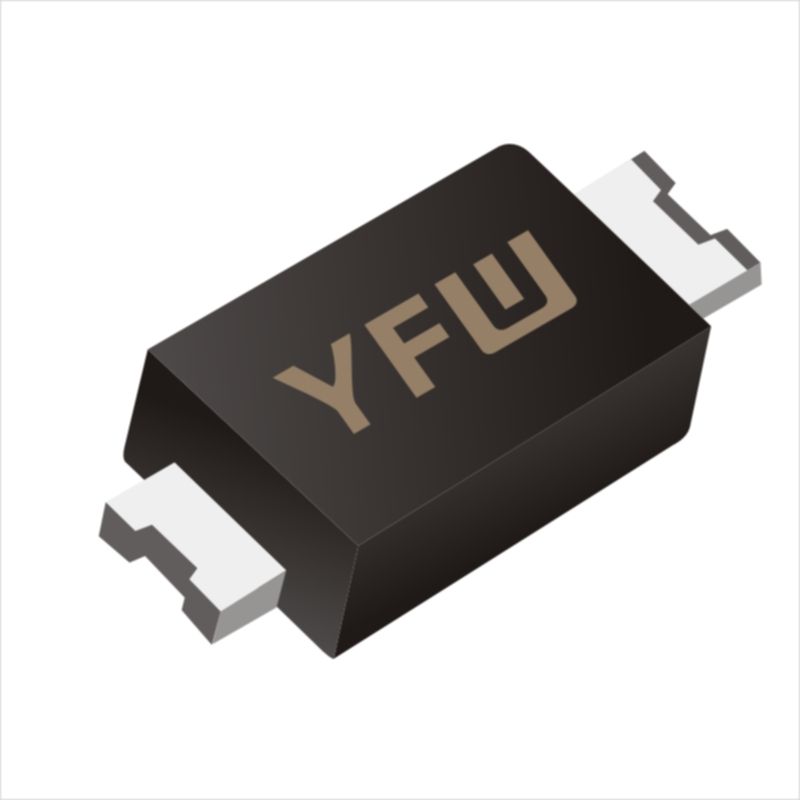Photoresistors rely on photoconductive effects: when photons strike the semiconductor material (e.g., cadmium sulfide, CdS), electrons are excited from the valence band to the conduction band, increasing conductivity and reducing resistance. This process depends on carrier generation and recombination . However, the excitation-migration-recombination cycle introduces delays, as electrons and holes require time to traverse the material. For instance, CdS-based photoresistors may take milliseconds to seconds to stabilize after a light intensity change .
In contrast, photodiodes operate via the photovoltaic effect. When photons hit the PN junction, electron-hole pairs are generated and separated by the built-in electric field, producing an immediate photocurrent. This process is nearly instantaneous, with response times as low as nanoseconds . The absence of a recombination-dependent feedback loop allows photodiodes to handle rapid light fluctuations efficiently.
Photoresistors use materials like CdS or CdSe, which have low carrier mobility and high carrier recombination rates. These materials require significant energy to sustain electron-hole pair generation, leading to prolonged response times. Additionally, their thick, single-layer structure forces carriers to travel longer distances, further slowing down the process .
Photodiodes, typically made of silicon or germanium, feature high-mobility semiconductors and a PN junction design optimized for fast carrier separation. The depletion region in photodiodes accelerates carriers via drift currents, bypassing the slow diffusion process inherent in photoresistors . For example, PIN photodiodes enhance this by introducing an intrinsic layer, minimizing capacitance and maximizing speed .
Photoresistors have large parasitic capacitance due to their physical dimensions and material properties. This capacitance, combined with the resistor’s inherent resistance, forms an RC circuit that limits high-frequency performance. Even small capacitances can drastically reduce bandwidth—for instance, a 100 pF capacitor with a 1 MΩ resistor creates a 0.1 ms time constant, restricting response to ~10 Hz .
Photodiodes, designed with minimal junction capacitance, avoid this issue. Their reverse-biased operation depletes the junction, reducing charge storage and enabling faster switching. High-speed photodiodes often pair with low-capacitance amplifiers to further mitigate RC delays, achieving bandwidths exceeding 1 GHz in specialized applications .
The slow response of photoresistors makes them unsuitable for high-frequency applications like optical communications or laser detection. Instead, they are used in low-speed scenarios such as ambient light sensing or simple light switches . Photodiodes, with their superior speed and linearity, dominate in demanding fields like fiber-optic networks and industrial automation .
The frequency response gap between photoresistors and photodiodes is rooted in their operational physics: photoresistors’ reliance on carrier recombination and material limitations versus photodiodes’ direct, instantaneous carrier separation. While photoresistors offer simplicity and cost-effectiveness, their sluggishness pales against photodiodes’ precision and speed. For applications requiring real-time light detection, photodiodes remain the definitive choice.
At YFW Diode, we specialize in high-performance photodiodes engineered for exceptional frequency response and reliability. Explore our optoelectronic solutions here. 